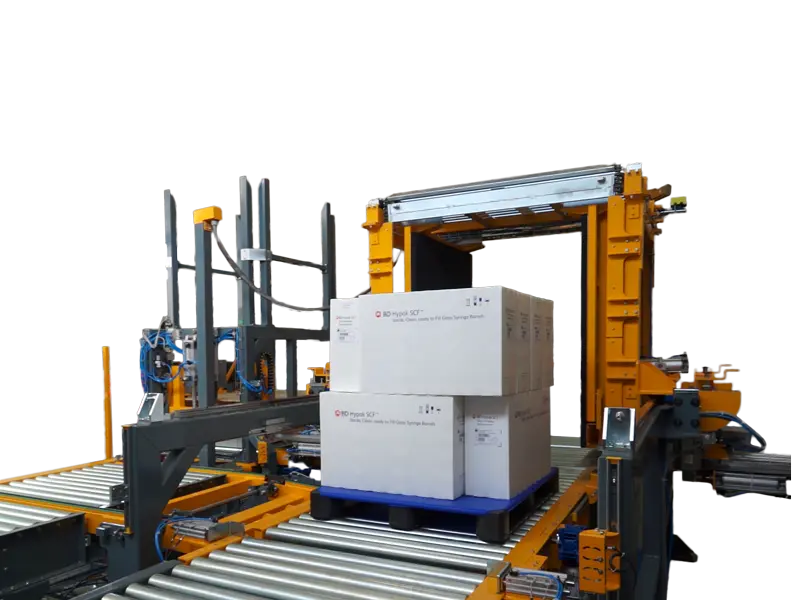Why Are Hook Blocks Essential in Crane Operations?
In the bustling world of industrial lifting, hook blocks, commonly referred to as crane blocks or crane bottom blocks, stand as indispensable tools tailored to meet diverse application needs. Their design intricacies—ranging from sheave configurations to distinctive reeving patterns—can significantly elevate the operational efficiency of industrial lifting equipment.
What Enhancements Do Hook Block Options Offer?
Hook blocks are innovative in design, offering a full 360° motorized rotation to empower crane operators. By facilitating precise positioning of cumbersome loads in constrained workspaces, these blocks extend the capabilities of any overhead crane. Their versatility is further enhanced when used as motorized rotating hooks, catering to both new and retrofit installations.
Are Standard Hook Blocks Adequate for Modernization?
For many, standard non-motorized hook blocks serve excellently, providing a practical solution for modernization projects. They are crafted to not only replace existing components but also integrate seamlessly into new crane systems, ensuring a blend of tradition and innovation.
Which Specifications Govern Hook Block Manufacturing?
Adherence to stringent standards is paramount in hook block manufacturing. Each unit is meticulously constructed in line with CMAA, AISE, ASME Spec. B30.20, and BTH-1 guidelines, ensuring safety, reliability, and performance.
How Do Service Classifications Influence Hook Block Selection?
Selecting the appropriate hook block hinges on service classification, from standby use to rigorous continuous service. Lifting variables, including frequency and speed, must align with available classifications—ranging from infrequent lifts to high-speed, production-critical operations—to guarantee optimal performance and longevity.
What Are the Standard Features of a Hook Block?
Hook blocks boast a range of features that underscore their efficacy. Among these are machined steel sheaves, resilient welded construction, and bearings tailored for fluid rotation. Enhanced impact protection, safety-latched forged hooks, and efficient lubrication fittings contribute to their robust design.
Can Hook Blocks Be Customized for Unique Needs?
Customization is a hallmark of the hook block industry. Whether requiring mechanical rotation stops, various motor controls, or advanced electronic displays for built-in weigh scales, these units can be finely tuned to align with specific operational demands. From selecting clevis alternatives to tailoring sheave configurations, possibilities abound.
What Role Do Custom-Designed Hook Blocks Play?
Unique operation scenarios call for bespoke solutions. Custom-designed hook blocks are crafted meticulously to fulfill unconventional requirements, ensuring that if you can create the load, the right hook block can move it efficiently and safely.
Are There Similar Projects Worth Knowing?
Exploration of similar projects within the mechanical lifting landscape reveals additional innovations. Systems offering remote monitoring, enhanced safety features, or augmented lifting capabilities through intelligent design adjustments all represent the industry’s commitment to safety and efficiency.
In essence, hooking onto technological advancement with the right block can elevate any lifting operation, crafting efficiency out of complexity, much like extracting poetry from prose.


